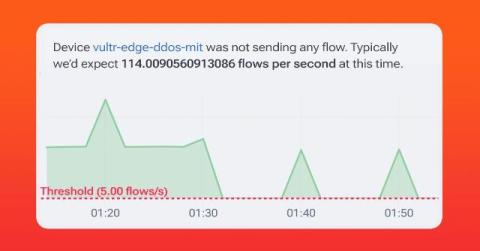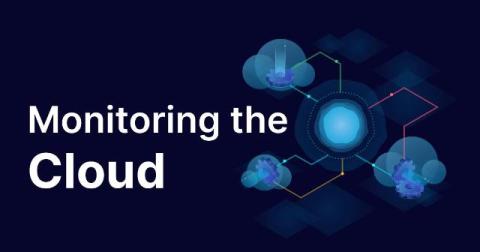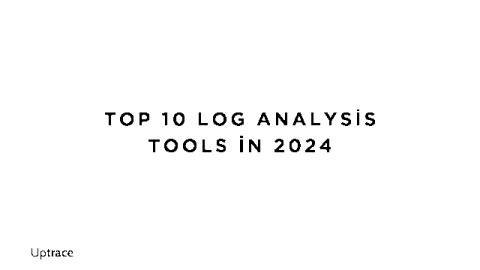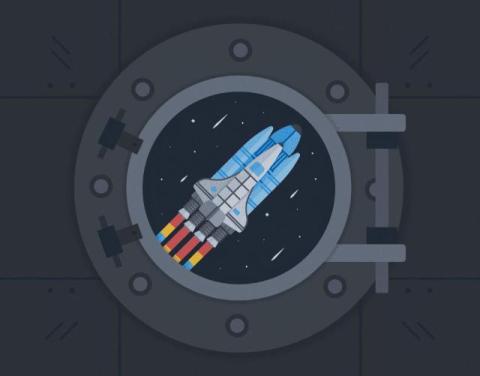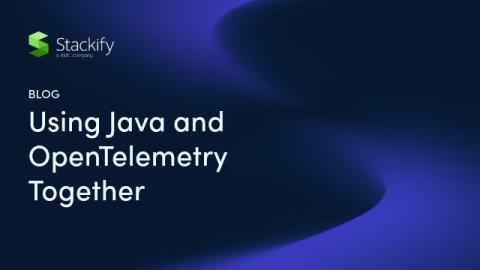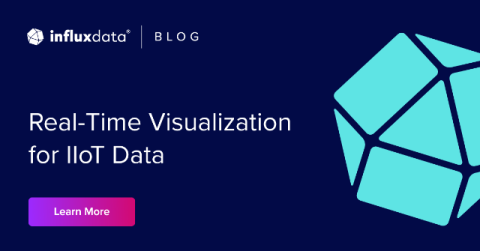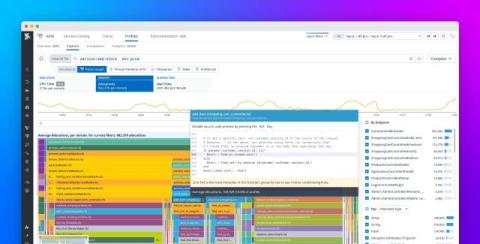Unlocking Network Insights: Bringing Context to Cloud Visibility
In today’s complex cloud environments, traditional network visibility tools fail to provide the necessary context to understand and troubleshoot application performance issues. In this post, we delve into how network observability bridges this gap by combining diverse telemetry data and enriching it with contextual information.


